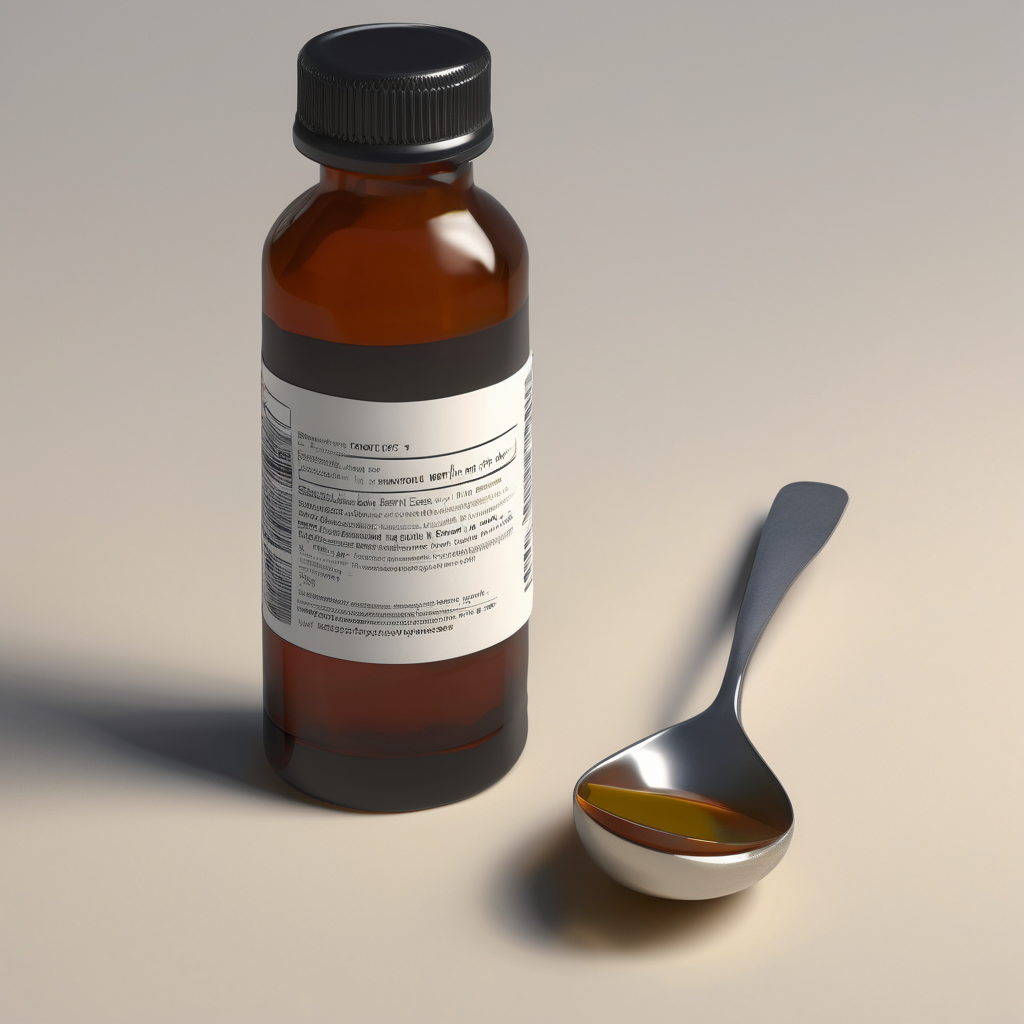India is facing increasing scrutiny over the regulation of cough syrup sales following the tragic deaths of at least 24 children who consumed a locally produced medicine, Coldrif, made by Sresan Pharma. A World Health Organization (WHO) representative, Rutendo Kuwana, remarked on the necessity for continued efforts to tackle the presence of harmful substances in medications, emphasizing that the toxin diethylene glycol found in the syrup was at alarming levels—nearly 500 times above what is deemed safe.
This incident highlights a troubling pattern, as it comes just two years after a global outcry regarding the deaths of 300 children linked to toxic substances in syrup-based medicines manufactured in India and Indonesia. Although steps have been made toward improving quality control, the WHO has pointed out significant enforcement gaps. A new regulation mandates that medicines must be tested for harmful contaminants before being exported, yet no such requirement exists for domestic syrups, creating a regulatory void that poses risks to local consumers.
Kuwana conveyed a sense of cautious optimism, acknowledging the progress made while asserting, “It’s a work in progress.” She emphasized the need for robust regulatory frameworks to monitor the quality of medicines made by the tens of thousands of manufacturers operating in India. Although Indian authorities have announced plans to eliminate export rules once companies enhance their facilities to meet international standards by the year-end deadline, questions remain about the effectiveness and timeliness of local regulation.
Health officials in India, including representatives from the health ministry and the Central Drugs Standard Control Organisation (CDSCO), have not clarified their stance or response plans amid these developments. The urgency for improvement in safety standards is echoed by the WHO’s repeated calls for systematic testing throughout production processes, rather than only at the conclusion.
This tragic situation underscores the vital importance of stringent safety measures in pharmaceutical production to protect the most vulnerable, particularly children. The current scenario presents a pivotal opportunity for India to fortify its regulatory frameworks and enhance public health safety standards as it confronts these challenges. With continued advocacy for reform and rigorous enforcement, there is hope that future tragedies can be avoided, ensuring that medicines are not only effective but also safe for all consumers.
